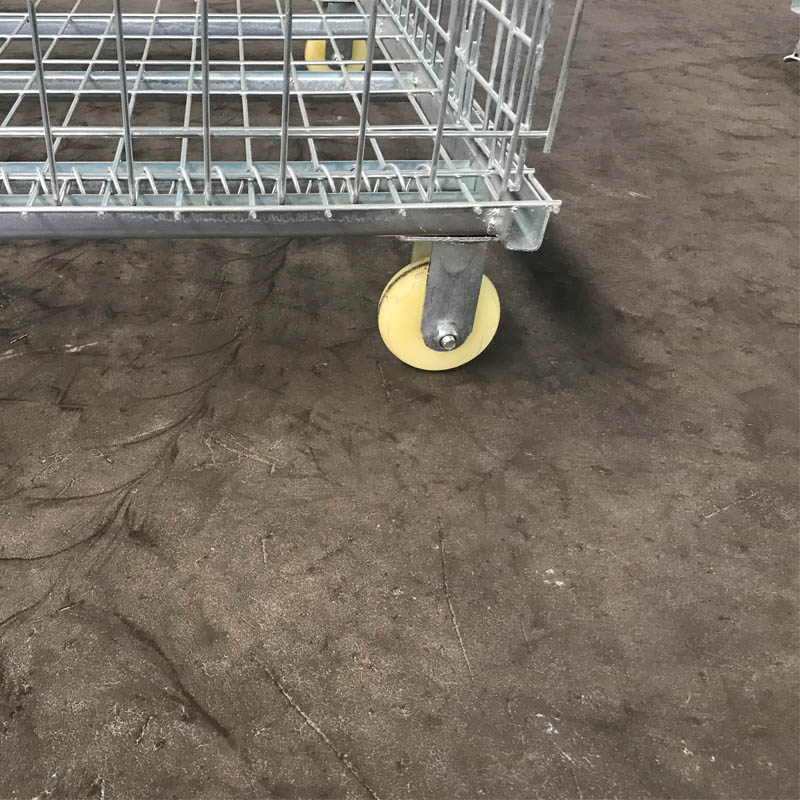
- Mobile Phone
- +8613931874955
- sales@cntcmetal.com
Connecting Brickwork to Steel Columns for Enhanced Structural Integrity
Brick Ties to Steel Columns An Integral Component in Modern Construction
In the realm of modern construction, the integration of different materials is vital for structural integrity, aesthetics, and longevity. Among these materials, brick and steel have gained significant attention due to their unique properties and versatility. Brick ties, specifically designed to connect brick masonry to steel columns, play a pivotal role in ensuring the stability and durability of buildings. This article explores the importance, types, installation techniques, and benefits of using brick ties in conjunction with steel columns.
The Importance of Brick Ties
Brick ties serve as critical connectors between brick walls and steel columns, helping to create a cohesive and stable structure. As buildings grow taller and more complex, the need for reliable connections between different materials becomes increasingly important. Brick, being a heavy and brittle material, requires support to maintain its position and resist lateral forces such as wind and seismic activity. Steel columns offer strength and flexibility, making them an ideal support system. Brick ties bridge the gap between these materials, reinforcing the stability of both.
Types of Brick Ties
Various types of brick ties are available, each designed to address specific structural requirements or to accommodate different construction methods. Primarily, they can be categorized into two main types mechanical ties and wire ties.
1. Mechanical Ties These include fixed devices that attach the brick to the steel column. Mechanical ties are often made of galvanized steel, ensuring resistance to corrosion and providing long-term durability. They come in various designs, such as Z-ties, shelf angles, and angle ties, each tailored for specific applications and load conditions.
2. Wire Ties Typically made of stainless steel or galvanized steel wire, these ties are flexible and generally used for lighter masonry applications. They can be woven into the brickwork, allowing for easier installation and adjustments, particularly in irregular designs.
Installation Techniques
The installation of brick ties requires careful planning and execution to ensure optimal performance. Generally, they should be installed at intervals specified by structural engineers, often based on the height of the wall, building codes, and specific design requirements.
brick ties to steel column

The process begins by identifying the placement of steel columns within the design of the building. Brick ties are then securely attached to the steel columns before brickwork begins. As brick is laid, it is essential to ensure that the ties are embedded properly within the mortar joints, achieving a secure bond that will withstand movement and stress. Engineers often recommend that ties be spaced at regular intervals—typically 16 to 24 inches apart vertically and horizontally—to distribute loads effectively across the structure.
The Benefits of Using Brick Ties
The advantages of incorporating brick ties into steel column structures are manifold
1. Enhanced Stability Properly installed brick ties significantly increase the stability of brick veneer walls, preventing separation from steel columns and resisting lateral forces.
2. Improved Aesthetics By allowing for the integration of brickwork with a steel frame, builders can achieve a more visually appealing design that combines the warmth of brick with the strength of steel, meeting modern architectural demands.
3. Reduced Maintenance The use of high-quality materials in brick ties, such as galvanized or stainless steel, ensures durability and reduces the likelihood of corrosion. This translates to lower maintenance costs over the lifecycle of the building.
4. Fire Resistance Brick has excellent fire-resistant properties, and when paired with steel columns, the overall structure benefits from enhanced fire resistance, adding an additional layer of safety.
Conclusion
In conclusion, brick ties to steel columns represent an essential element in the construction industry, merging the aesthetic appeal of brick with the robust characteristics of steel. Understanding the types, installation techniques, and benefits of brick ties is crucial for architects, engineers, and builders alike, as it ensures the creation of safe, durable, and visually attractive buildings. As construction technology continues to evolve, the role of brick ties will undoubtedly remain vital in the pursuit of excellence in modern architecture.
share:
-
The Ultimate Solution for Display Needs: Wire Grid PanelsNewsMay.06,2025
-
The Ultimate Guide to Galvanized Steel WireNewsMay.06,2025
-
Iron Binding Wire: The Ideal Solution for Your NeedsNewsMay.06,2025
-
Explore the Strength and Versatility of Galvanized Welded Wire FabricNewsMay.06,2025
-
Discover the Durability and Versatility of PVC Galvanized WireNewsMay.06,2025
-
Discover Quality China Stainless Steel Wire MeshNewsMay.06,2025
-
Understanding Wall Ties: Types and ImportanceNewsApr.28,2025



















